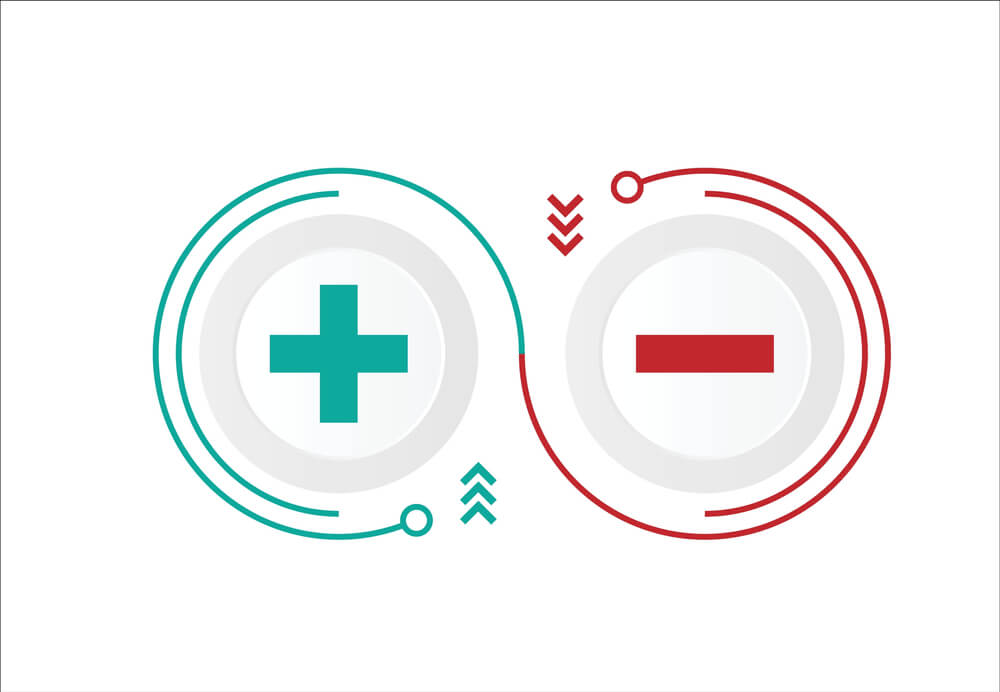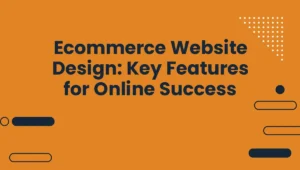Have you ever come across a publication on the Internet that draws a lot of attention? If so, you may have come across clickbait. But what is it, and why is it so talked about on social networks like YouTube?
Clickbait —cyber hook or cyber bait has been used for a long time to boost a post and increase its Internet exposure, web traffic, and engagement. It might sound positive initially, but it has its not-so-good details.
The main problem is that it often comes bundled with false promises and disappointing users, ultimately causing a negative feeling and response.
Do you want to know what clickbait is and if it is deficient in all cases? What practices can be rescued from their use? Should you use it in your Digital marketing strategy? You will find out in this article we have prepared especially for you.
What is clickbait, and what does it mean?
So what is its definition?
This means that content seeks to hook Internet users, generally with sensational headlines, to increase the number of clicks on the content and, therefore, website traffic.
This practice is widely used on the Internet, especially in the titles and covers of YouTube videos, Facebook Watch, direct on Twitch, journalistic notes, press news from various sectors, etc.
As you can see, this is not exclusive to a single format, but its use extends to audiovisual and text.
So why is it wrong to use clickbait? This is because clickbait is often used, and the “hooks” differ from the actual content. For example, a headline can say, “Read this and become a millionaire”, and you do not become a millionaire at the end of reading the content.
It would seem evident that —by the very nature of the headline— the result cannot be actual, but in reality, it has a potent effect on people, and they often end up clicking on the content.
What is the clickbait technique for?
As we already mentioned, the primary purpose of clickbait is to attract the most significant number of users, using the so-called curiosity gap, providing attractive elements that encourage clicking.
Clickbait does not consider whether the user’s response will be positive or negative, nor does it have an intention of conversion, loyalty, or does it seek to increase engagement. It only focuses on improving the traffic of the site – or the social network – at all costs.
This is done with the old belief that obtaining a large number of clicks and traffic can automatically translate into sales. That is why this practice was even more common before the arrival of inbound when the digital marketing philosophy still looked a bit traditional.
So if it’s been used for so long, does it work? Indeed, websites can considerably increase their traffic through clickbait publications. However, it is also true that their reputation decreases a lot and the rate of permanence in the pages decreases.
How does clickbait work?
But how does the psychology of clickbait work? Some critical points help us understand why we always fall for this type of content. Here we explain them:
They provoke curiosity with a bit of mystery Clickbait content and headlines typically aim to exploit mystery and curiosity. Why? Because human beings are naturally curious, it is pretty standard that when they give us “half” information, we want to find out what comes next.
We can find some examples of this on YouTube, which were actually quite fashionable.
Imagine that a famous YouTuber — usually quite cheerful — posts a video with a title that says “We need to talk” and has a cover photo where he looks very serious or sad.
The following things we can ask ourselves are: what does he have to talk about? Did something terrible happen to you? Will you stop uploading videos? Why does he look sad? Will it be severe? And immediately click to get rid of all those doubts and know the truth.
If it has already happened to you, you are not alone because this is how the human mind works.
1- They start at the end.
Have you ever read a title that says, “El Chapo ended up in jail after telling the truth: find out why”?
The previous example tells us that El chapo ended up in jail because he told something, but it doesn’t say precisely what; also, with “find out why”, he invites the reader to discover the truth behind it.
In this way, this technique tells you the end—or part of the end—of the content from the beginning.
2- Titles with numbers
Indeed you have seen many contents that have a list format, either a top or that are out of order; seeing a number in the title is enough for us to feel a little more curious than usual.
This does not only happen in clickbait, and it is not considered bad practice —because it is an excellent way to order and classify information—as long as the content complies with the list that is being promoted.
3- They seek to attack emotions.
“You will not be the same after seeing what happened to this person” “Can you see this top without crying?”, “Try to read this note without getting angry at the world”, “10 things that will make you believe in humanity”, “7 incredible things: you will not believe what number 3 is”.
Have you come across these types of headlines? Sure you do, and you may have fallen on some occasions even though you were already aware that it was a trap.
If you pay close enough attention, you will realize that all of the above examples seek to stir some positive or negative emotions. We do not recommend using them in your articles, but with great care —and some humour— you could use them in your graphic content.

Advantages and disadvantages of clickbait
Among the main advantages of doing clickbait are:
- Increase website traffic.
- Increase the number of clicks on social media posts.
- Possibility of virtualizing the contents.
While among its main disadvantages, you can find a much longer list:
- Disappoints users, realizing that the title lied to them.
- It diminishes the brand’s reputation by creating negative emotions of disappointment, lies and —in the worst cases— fraud, to such an extent that, even if he stopped doing this practice, it would be tough to repair his image.
- Increases the website’s bounce rate since many will enter for the initial attraction but immediately leave when they realize it was not what was promised.
- Clickbait titles are not SEO-friendly because often, there is no space to use your main keyword, and it is very out of context, both for people and for Google.
- Users will tend to complain more on social networks after they detect that the brand makes clickbait publications regularly, further affecting its image.
- It can give rise to penalties depending on the social network in which it is done.
- It dramatically decreases lead capture, as most will not stay on the website, and the few will likely be unqualified.
As a digital marketing agency, we cannot recommend that you use clickbait in your content since the negative aspects are substantial compared to the positive ones.
How to attract your audience without clickbait?
We have already seen many negative things about the use of clickbait. However, several things can be rescued that will surely boost your publications on social networks and your articles on Google, and —of course— without all the previous adverse effects mentioned in the last section.
Here are the key points:
- Create eye-catching titles, but always tell the truth: You can arouse the reader’s curiosity by talking about a trend or directly placing the answer in the title.
- Your content always has value: That is, it is the solution to the problems —and the answer to the questions— of your users.
- Include numbers in your titles: Like “11 Marketing Books You Must Read .” It is attractive to the eye and a perfect way of putting ideas in order, making reading and understanding much more accessible.
- Be as brief as possible: Sometimes less is more, and a simple idea may become complicated by simply making it too long.
- Formulate your titles with questions instead of statements: Statements are not wrong, but it is more common for people to find your content by one of their questions than by the answer itself. It makes sense, doesn’t it?
- Use reliable sources of information: You must never guarantee anything without checking it first since you can make the mistake of creating an “accidental clickbait” by promising something that is not true.
- Take care of the temporality: For users, reading something that points to the present is more interesting than the past, so titles with dates work pretty well. For example, the Best time to post on social media is 2021.
Conclusion: generate quality content, and you will get clients
Now you know what clickbait is, its advantages and disadvantages, why users see it as something negative, and what practices you can rescue from them to create good content on the Internet.
Summarizing and concluding what we have already seen in this article:
Tricking and manipulating users with clickbait will always be wrong, no matter how you look at it; however, some of its principles can be included in your marketing strategy.
Remember to make attractive headlines that always tell the truth, include lists and numbers to arouse interest, ask the questions your users are looking for and put the answer in the content, use reliable sources, and – above all – create content that provides value.








